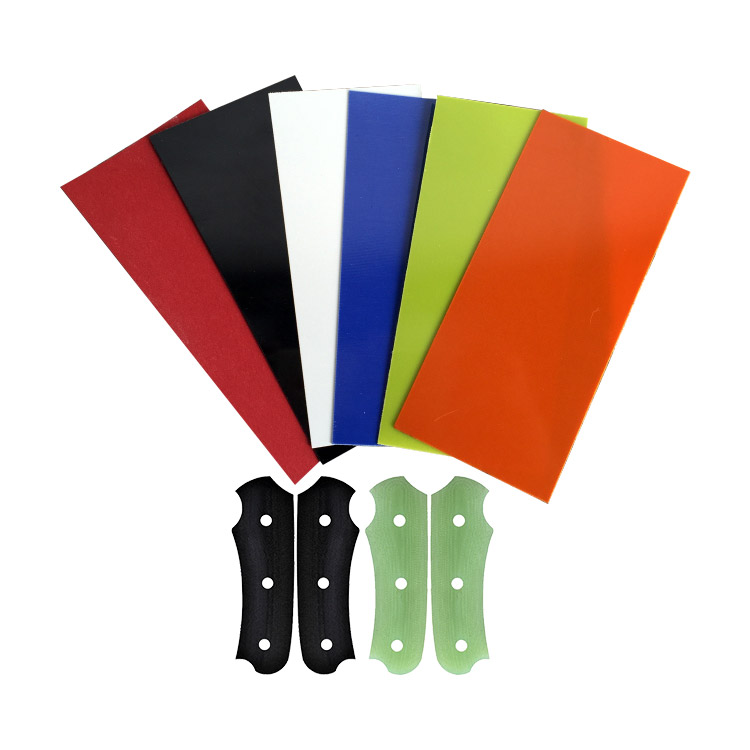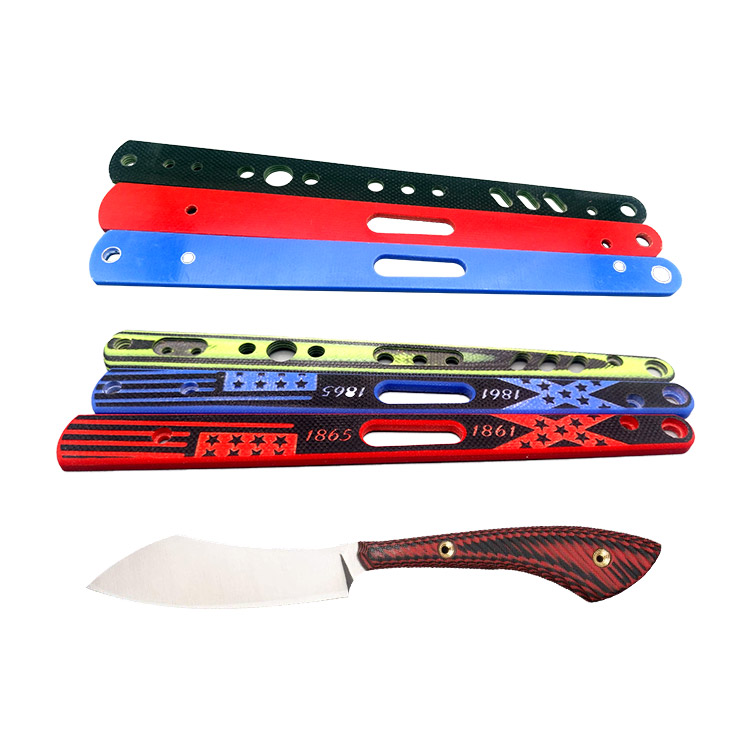Why G10 is Good for Toolholder Shanks
2024-08-28 15:27 | By: ZTELEC-www.ztelecgroup.com | 126click
For a toolholder with a G10 shank, G10 is itself a good material choice, especially for specific applications where electrical insulation, lightweight properties, and moderate mechanical strength are needed. G10 is a high-pressure fiberglass laminate, a composite material made of layers of glass cloth impregnated with an epoxy resin binder.

Electrical Insulation:
G10 is an excellent electrical insulator, making it ideal for applications where electrical isolation is necessary.
Strength and Durability:
G10 offers good mechanical strength and is quite durable. It’s able to withstand moderate stresses and resist impact and fatigue.
Lightweight:
Compared to metals like steel or aluminum, G10 is significantly lighter, which can reduce the overall weight of the toolholder, making it easier to handle and reducing wear on machinery.
Chemical Resistance:
G10 is resistant to many chemicals and moisture, which is beneficial in environments where the toolholder might be exposed to various substances.
Dimensional Stability:
G10 maintains its dimensions well under varying temperatures and humidity levels, which is crucial for maintaining precision in toolholding applications.
When to Consider Other Materials:
If your application requires higher mechanical strength, wear resistance, or thermal stability beyond what G10 can provide, you might consider alternative materials for the shank or other parts of the toolholder, such as:

Steel: For high-strength applications, steel (e.g., tool steel, hardened steel) is a common choice. It offers superior mechanical properties and wear resistance.
Titanium: If weight is a concern and strength is needed, titanium might be a good option. It's stronger than G10 and much lighter than steel.
Carbide: For applications involving extreme wear and high precision, carbide is an excellent material, though it’s more brittle and can be heavier.
Aluminum: For a balance between weight and strength, aluminum alloys can be used, although they may not be as strong or wear-resistant as steel.
G10 is a suitable material for toolholder shanks in specific applications that benefit from its unique properties. However, if higher strength, wear resistance, or specific thermal characteristics are required, other materials might be better suited.
tags:Price of a 1600kVA 10kV Cast Resin Dry-Type Transformer35kV dry-type transformer protection10kV oil-immersed transformer110 kV oil-immersed transformerOil-Immersed Transformer Maintenance
- more+releated article
- 2025-12-13G10 and FR4 Epoxy Boards: Commonly Used for Ge
- 2025-12-13Comparison of Heat-Resistant DDP Insulating Pa
- 2025-12-12Price of a 1600kVA 10kV Cast Resin Dry-Type Tr
- 2025-12-12How to Choose Epoxy Laminate Materials for Gen
- 2025-12-11Protection Configuration Principles for 35kV D
- 2025-12-11The Price of Heat-Resistant DDP Insulation Pap
- 2025-12-10Application Prospects of 10kV/35kV Oil-Immerse
- 2025-12-09How to Reduce the Maintenance Cost of Oil-Imme
- 2025-12-09How to Choose the Best 110 kV Oil-Immersed Pow
- 2025-12-08Heat-Resistant DDP Insulation Paper





